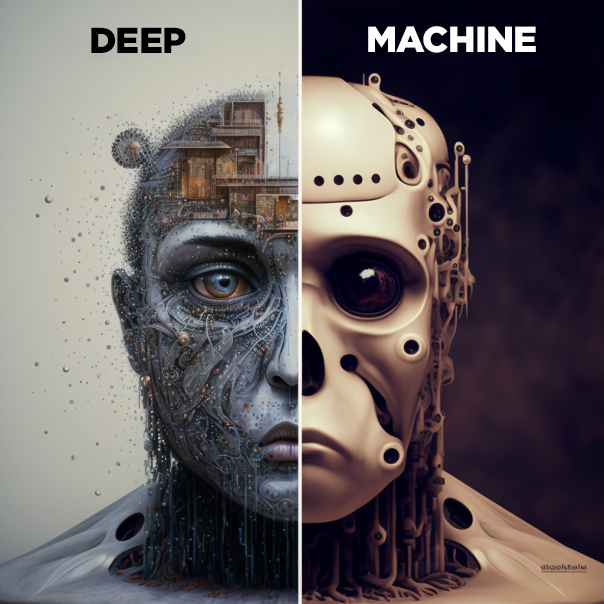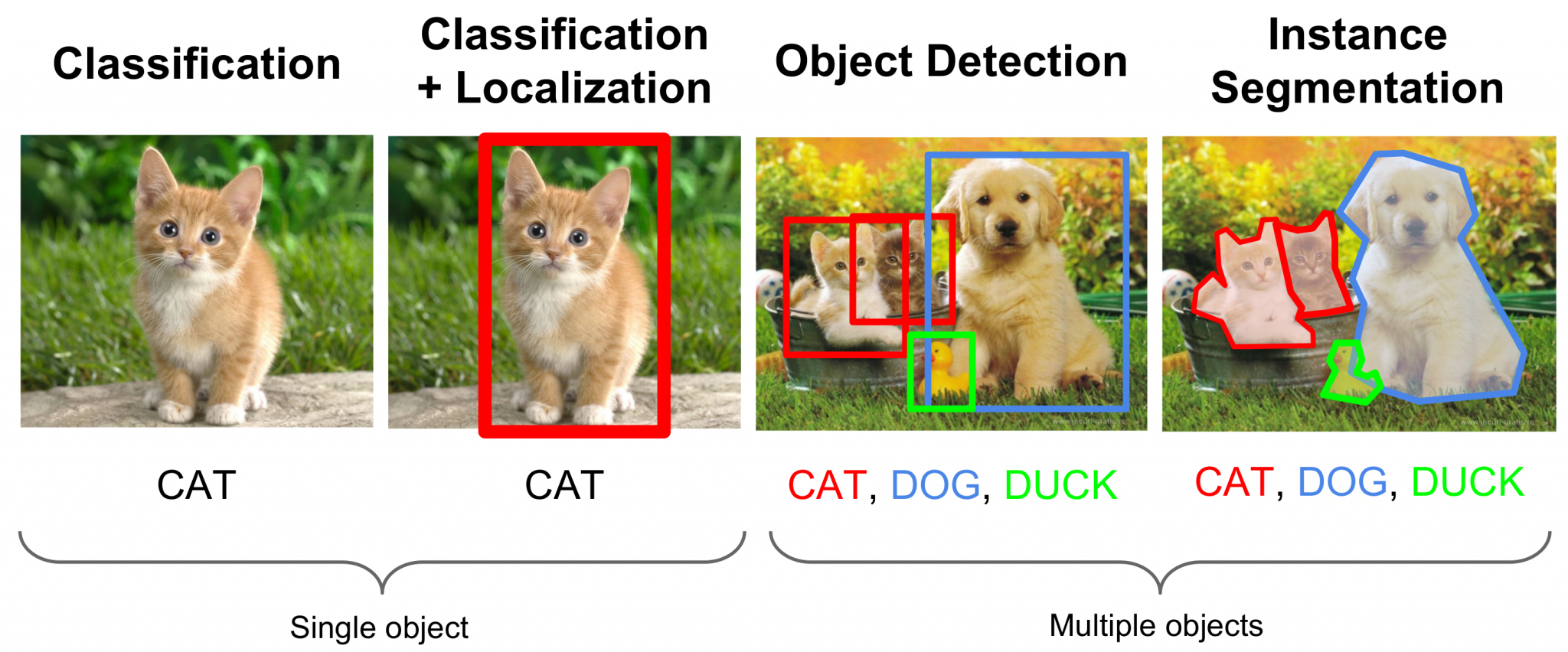
Unveiling the Differences: Deep Learning vs Machine Learning in AI
Deep learning and machine learning are two of the most popular techniques in artificial intelligence (AI) and both have their own set of strengths and weaknesses.
In this post, we will discuss the key differences between deep learning and machine learning and their respective applications in the field of AI.
Deep Learning

Deep learning is a subset of machine learning that is based on the idea of artificial neural networks.
These networks are designed to simulate the way the human brain works, and they are particularly good at tasks that involve recognizing patterns in data.
Deep learning models are able to automatically learn features from raw data, which makes them very useful in a wide range of applications, such as image and speech recognition, natural language processing, and computer vision.
Deep learning models are trained using large amounts of data and require a significant amount of computational power.
They are able to learn from the data on their own, and they can improve their performance over time by adjusting the parameters of the model.
The most common type of deep learning model is the artificial neural network (ANN), which is made up of layers of interconnected nodes.
The input layer receives the data, and the output layer produces the result. In between, there are one or more hidden layers that process the data and extract features.
Deep learning is particularly useful in image and speech recognition applications, natural language processing, computer vision, and recommender systems.
Applications:
- Image recognition and object detection
- Speech recognition
- Natural language processing
- Recommender systems
- Computer vision
Machine Learning
Machine learning is a broader field than deep learning and encompasses a wide range of techniques that are used to train models to perform various tasks.
Machine learning algorithms can be divided into two main categories: supervised and unsupervised.
- Supervised learning algorithms are trained on labeled data, which means that the correct output for a given input is already known. This type of algorithm is used to predict future outcomes based on past data.
For example, a supervised learning algorithm might be trained on a dataset of images and their associated labels (e.g., "dog," "cat," "car," etc.) and then used to classify new images based on the features it has learned.

- Unsupervised learning algorithms, on the other hand, work with unlabeled data. The aim of this type of algorithm is to discover patterns and structure in the data, rather than predict outcomes.
Clustering is an example of unsupervised learning where algorithm group similar data points together.
Applications:
- Predictive modeling
- Clustering
- Anomaly detection
- Recommender systems
- Computer vision
Differences:
- Deep learning is a subset of machine learning that uses artificial neural networks to simulate the human brain. Machine learning, on the other hand, encompasses a wider range of techniques.
- Deep learning models require large amounts of data and computational power to train, while some machine learning models can be trained with less data.
- Deep learning models are particularly good at recognizing patterns in data, while machine learning models can be used for a wider range of tasks, including prediction and clustering.
- Deep learning models are typically used in applications such as image and speech recognition, natural language processing, and computer vision, while machine learning models are used in a wider range of applications such as predictive modeling, clustering, and anomaly detection.
Conclusion
Deep learning and machine learning are two popular techniques in the field of AI with their own set of strengths and weaknesses.
Deep learning is particularly good at recognizing patterns in data and is used in a wide range of applications such as image and speech recognition, natural language processing, and computer vision.
Machine learning, on the other hand, encompasses
a wider range of techniques and is used in a variety of applications such as predictive modeling, clustering, and anomaly detection.
It is important to note that deep learning and machine learning are not mutually exclusive and can be used together to create more powerful models.
For example, a deep learning model can be used to extract features from an image, and then a machine learning model can be used to classify the image based on those features.
Additionally, both deep learning and machine learning can be used for various types of data, such as structured data, unstructured data, time series data, and more.
Depending on the type of data and the problem you're trying to solve, one technique may be more suitable than the other.
In general, deep learning is considered to be more powerful and accurate than traditional machine learning techniques, but it requires more data and computational resources to train.
Machine learning, on the other hand, is more flexible and can be used with less data, but it may not be as accurate as deep learning in certain tasks.
It's also important to consider the ethical implications of using deep learning and machine learning.
As these techniques become more sophisticated, they can be used to make decisions that affect people's lives, so it's crucial that they are used responsibly and with transparency.
In summary, deep learning and machine learning are both powerful techniques in the field of AI, and each has its own set of strengths and weaknesses.
Deep learning excels in recognizing patterns in data, while machine learning is more versatile and can be used for a wider range of tasks.
Both techniques can be used together to create more powerful models and can be applied to a variety of types of data, but it's important to consider the ethical implications of their use and to use them responsibly.






Comments